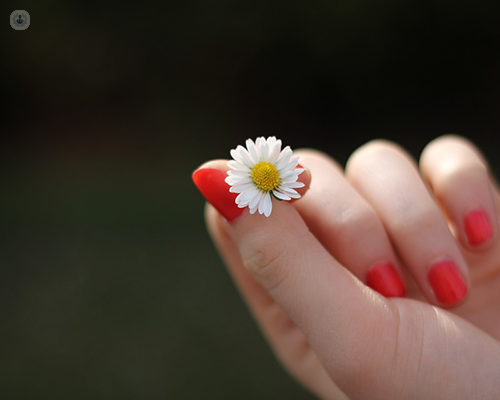
Warts and all
Warts are cutaneous lesions (extraneous skin growths) of different shapes that affect different areas of the skin. Some are aesthetically unattractive and cause embarrassment, and others are very difficult to remove as they multiply. They are not usually painful but, in certain cases, they can be annoying and itchy. Warts are produced by the human papillomavirus (HPV) and come in many forms.

Types of Warts
There are different types of warts depending on where they are located:
- Common warts are usually located on the hands.
- Plantar warts, also known as verrucas, occur on the soles of the feet so they can be very painful and even prevent walking.
- Flat warts appear on the face and forehead and are usually more common in children than in adults.
- Subungual or periungual warts appear below or around the nail so they are sometimes quite difficult to remove.
- Filiform warts appear on the eyelids and neck.
- Genital warts also called condylomas appear on the genital organs and in the area of the pubis and the thighs. They can also appear in the anal canal and in the vagina.
What causes warts?
Warts are produced by the human papillomavirus of which there are numerous strains. Common warts are easy to recognise because of their appearance, although in some cases it is necessary to extract some of their tissue (biopsy) in order to not confuse them with other skin conditions. Genital warts occur through sexual contact and are sometimes asymptomatic. This type of wart is caused by a strain of the human papillomavirus and not by contact with common and other types of warts on other areas of the body.
How to eliminate warts
There are numerous over-the-counter treatments in pharmacies that can be administered at home. However, there are some types of warts that because of their location are especially resistant, such as ones that occur under the nails. In such cases, a doctor can prescribe stronger products such as podophyllin and salicylic acid. Cryotherapy, by freezing, and electrocautery and laser treatments are widely used methods with positive results. In some cases, immunotherapy (injecting a substance that generates an allergic reaction, thus activating the immune system) is an effective treatment.

